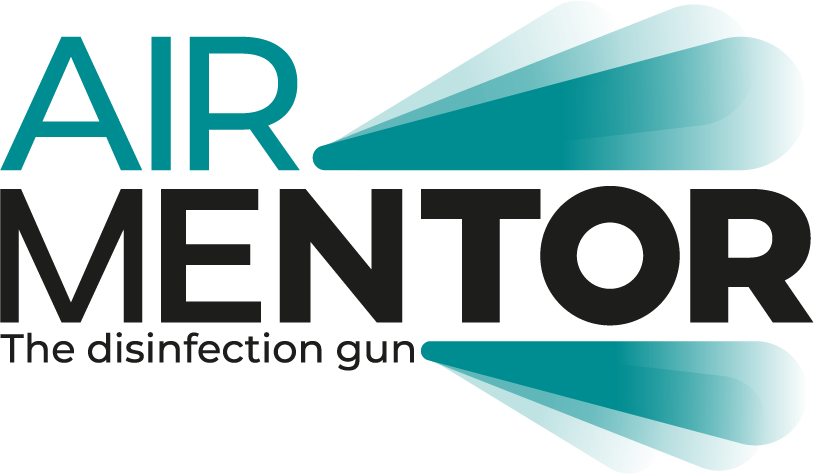The Operating Principle
Aerosol disinfection is the optimal method for surface disinfection.
The disinfectants are blown into the air and settle evenly on all surfaces, reliably disinfecting them.
More than just surfaces – the air is also disinfected.
As a supplement to standard spray-wipe disinfection, this practical disinfection process results in air and surfaces that are as free of germs as possible, whether it be in medical, food, and sales or office spaces.
That’s because the air itself is captured and disinfected.
Aerosols – a perfect principle.
Tiny droplets of liquid are sprayed into the air. Aerosols are used here in a manner similar to the coating and application of various protective agents or lubricants for nose or hair sprays or air fresheners. This technology has now been made usable with an appropriate device for the cold fog atomizing of suitable disinfectants.
The benefits of this method are obvious!
How does it actually work?
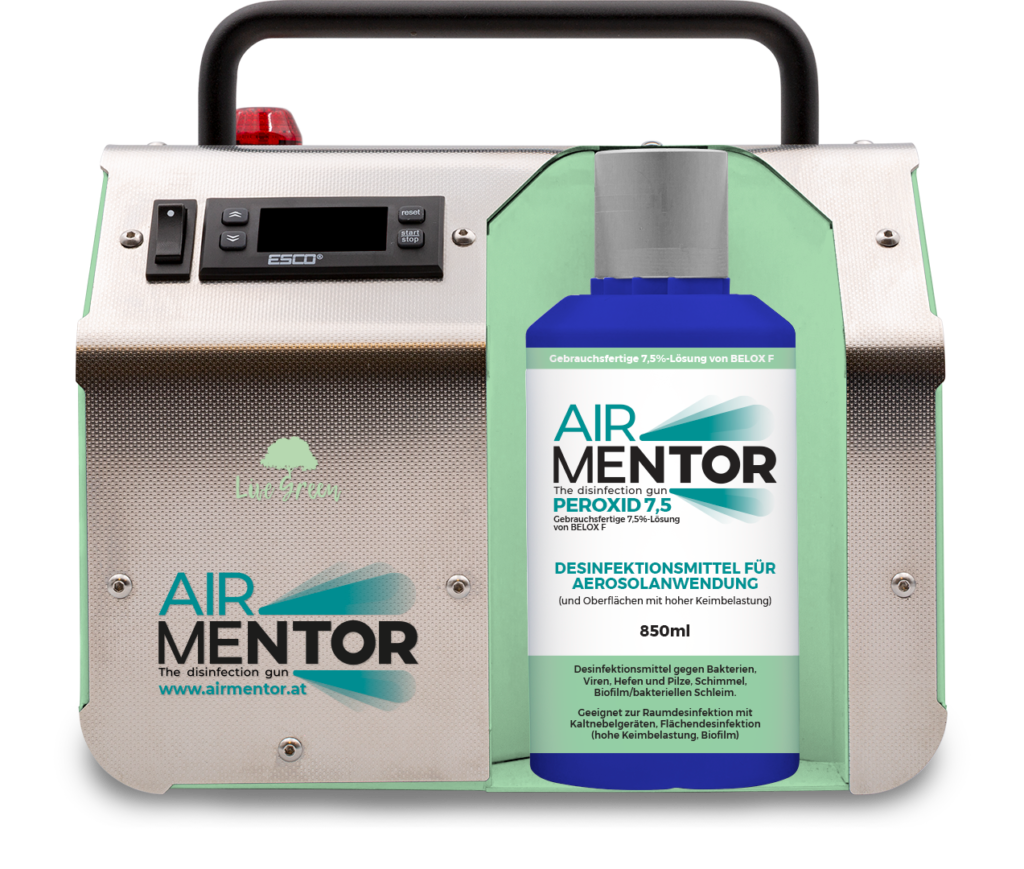
The fog atomizing device, the Air-Mentor, atomizes the disinfectant into tiny droplets and blows them into the air.
The air flow distributes these droplets evenly throughout the space. Herein lies the decisive advantage over the otherwise typically used spray or wipe disinfection method in which the distribution and quantity of the agent is applied in varying strengths and not all germs are reliably neutralized in the same way. The spray-wipe disinfection step should nevertheless continue to be applied along with the aerosol disinfection but is now much more efficient. Aerosol disinfection also penetrates hard-to-reach spots and therefore perfectly complements conventional disinfection processes.
What are the ideal areas of application?
All large spaces that need to be disinfected quickly and completely. Medical facilities as well as retirement or nursing homes, the food industry, kindergartens and more. Depending on the area of application, various combinations of means and device settings can be configured to employ the ideal method.

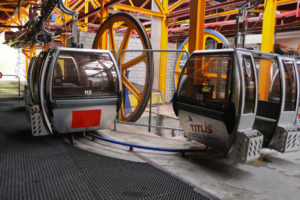
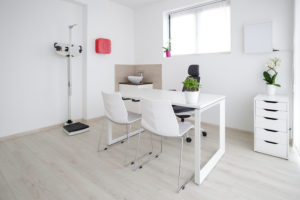
When is it implicit that you should rely on aerosol disinfection?
Particularly in those cases when a lot of space has to be disinfected in a short time. This applies to all places that are highly frequented every day, and particularly where sick people, elderly persons or small children tend to be present and active.
Small children and immunocompromised people are particularly at risk. This is why, at critical times, room disinfection in kindergartens, nursing homes and hospitals is essential.
Open-plan offices – especially those that are air-conditioned – require regular disinfection because the contact rates are very high here and only one sick person can infect many others. Of course, this also applies to medical, dentist and veterinary practices and the associated waiting rooms as well as the food industry with its high level of hygiene. Cold fog atomizing can be used here for efficient disinfection before opening.
What are the different types of fog atomizing technology and devices for room disinfection?
In fog atomizing devices, a basic distinction is made between two methods of manufacturing aerosols. Compressor and turbine where the turbine is used more for very large rooms and compressor devices are ideal for small and medium-sized rooms because the rooms are then ready again more quickly for use by the public.
That is why Air Mentor Bader GmbH offers atomizing disinfection with compressors.
Spraying devices vs aerosol devices: Difference
Portable devices such as Air Mentor sprayers do NOT belong to the category of traditional aerosol devices. Instead, they are considered sprayers. The concentration of disinfectant in the room is therefore restricted, and the room can usually be used again very quickly.
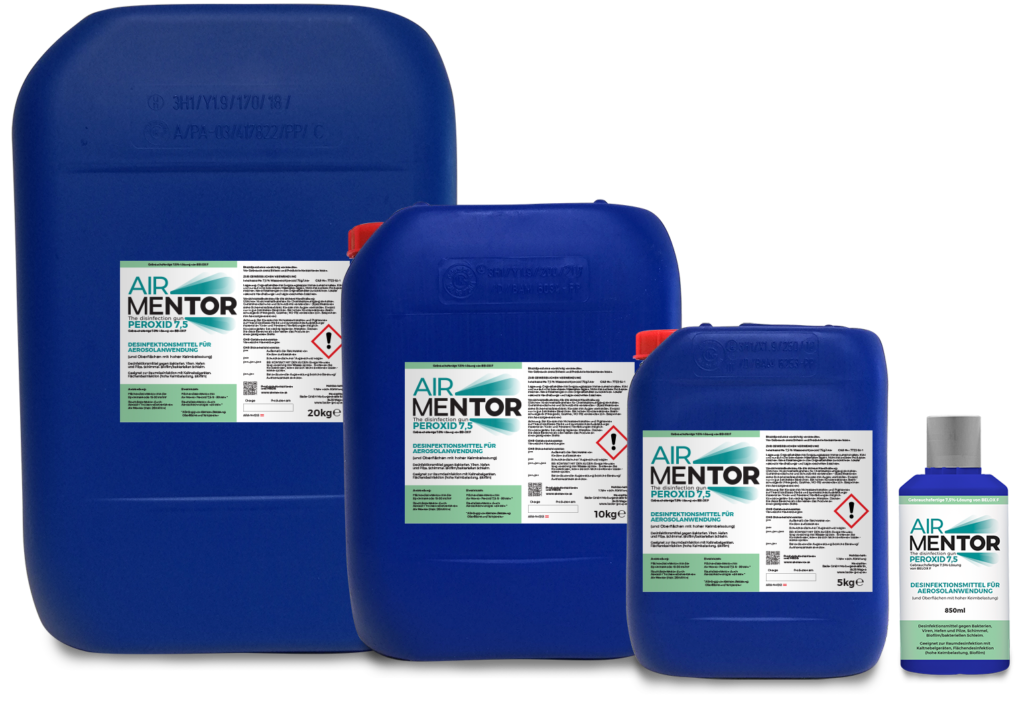
Which disinfectants are used for aerosol disinfection?
Atomizing in enclosed areas serves to disinfect the air and all surfaces. For these reasons, the product must be efficient and still be as gentle as possible on living beings and materials.
Air Mentor Peroxide 7.5 is ideally suited for the cold fog atomizing disinfection of pre-cleaned surfaces. This is based on the tested hydrogen peroxide formulation. It causes fewer health risks and problems than vaporized formaldehyde, is more gentle on the material than peracetic acid-hydrogen peroxide systems and does not promote germ resistance the way QAV products do.
